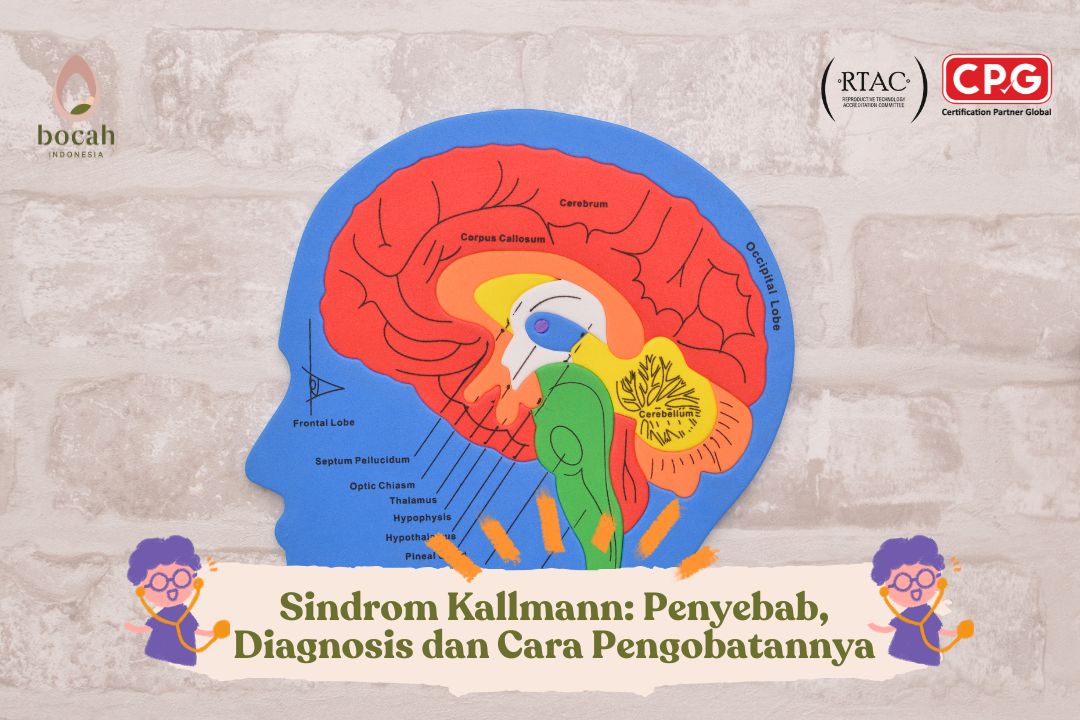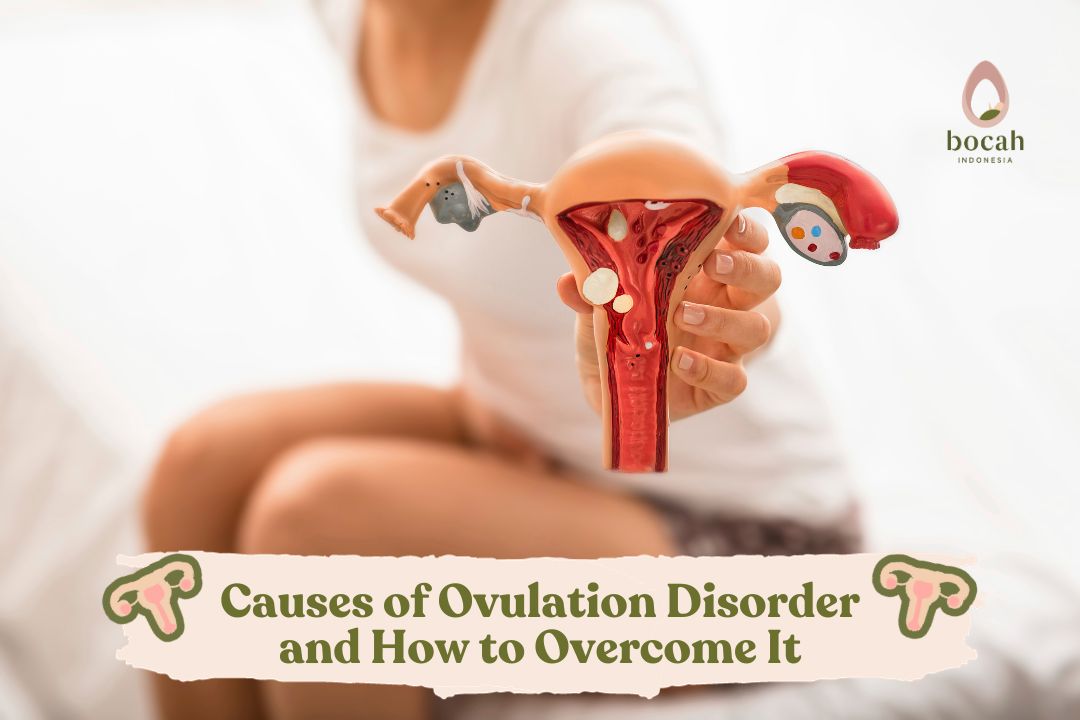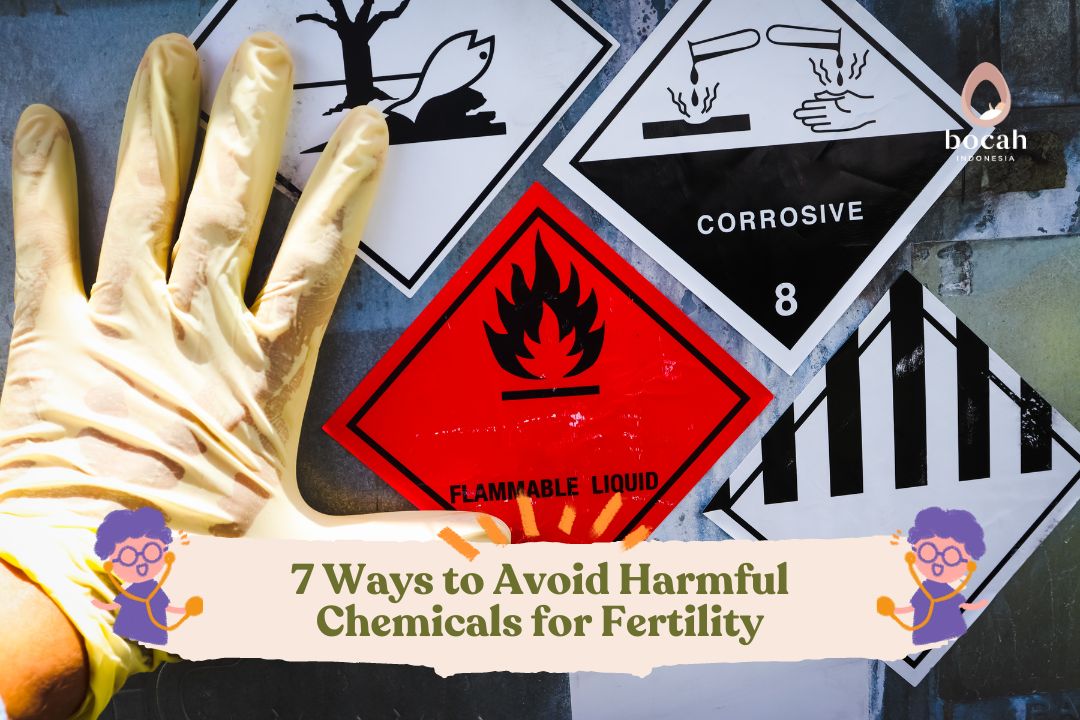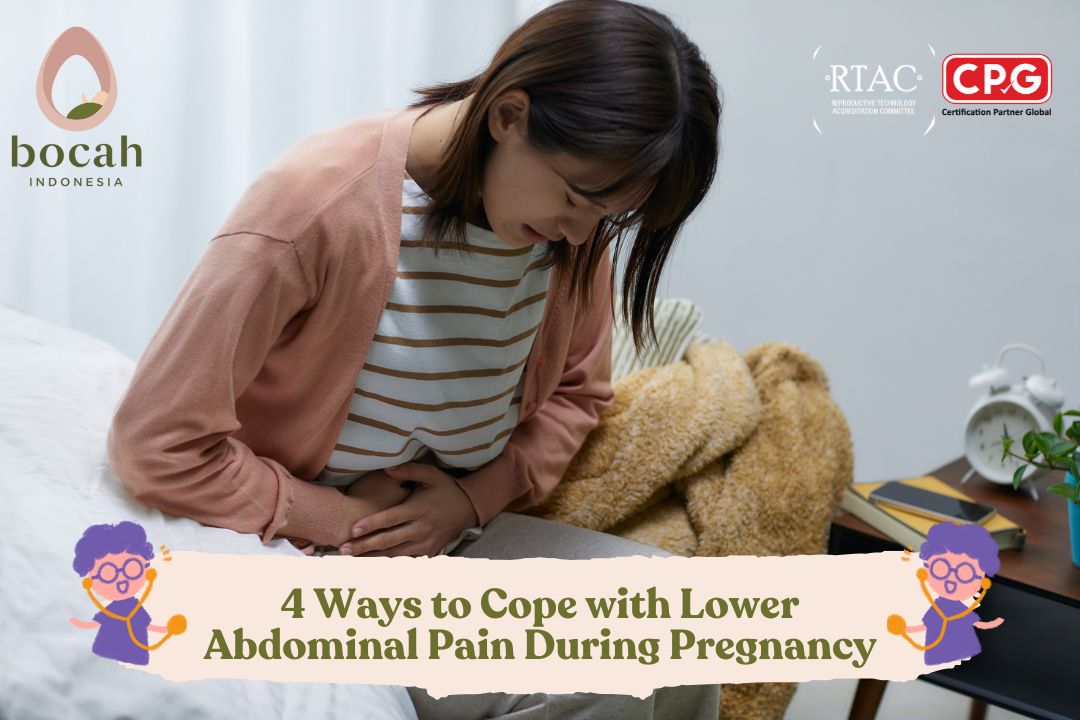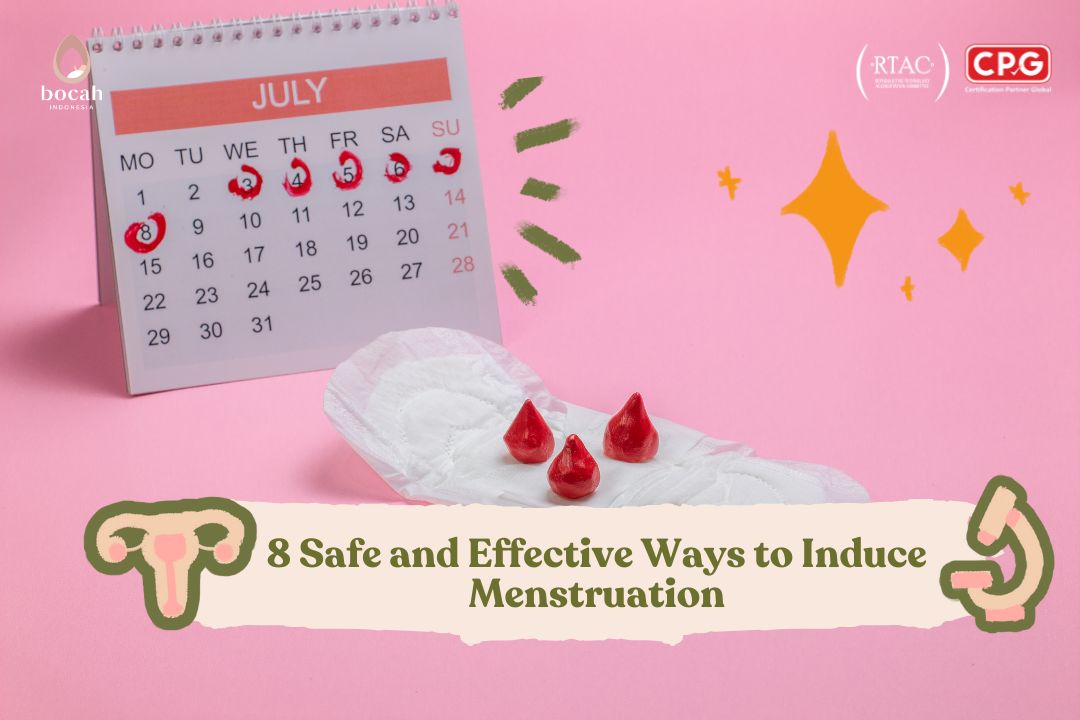4 Ways to Detect Polycystic Ovary Syndrome
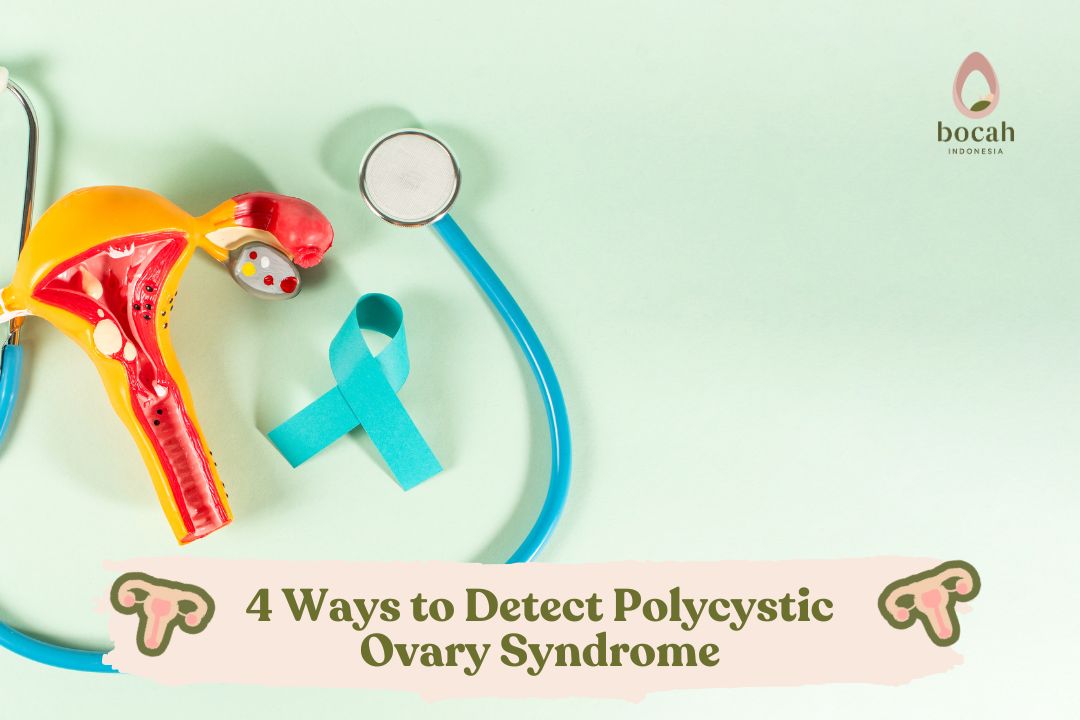
Polycystic ovary syndrome is one of the fertility disorders that women can experience. This condition can be detected through several examinations.
Are you experiencing irregular menstrual cycles? Be careful, this could be one of the symptoms of polycystic ovary syndrome (PCOS). Polycystic ovary syndrome is a hormonal disorder that occurs in women of reproductive age. This condition occurs when there is an excess of androgen, also known as male hormones, in women.
If androgen levels are excessive, it can cause the ovaries to produce many fluid-filled sacs. This condition prevents the eggs from developing fully and ultimately failing to be released regularly.
Generally, the symptoms experienced by women with PCOS can occur when they reach the age of 16. Some common PCOS symptoms that you need to know include:
-
Irregular menstrual cycles. Usually, the frequency of menstruation in a year is less. The volume of menstrual blood can also be more
Tanya Mincah tentang Promil?
-
Excessive hair growth in areas where it should not, such as the face, chest, and back
-
Oily skin and acne
-
Thinning hair or hair loss
-
Difficulty getting pregnant
Ways to Detect Polycystic Ovary Syndrome (PCOS)
Sometimes, women with PCOS are unaware of their condition before being diagnosed or experiencing some of the above symptoms. Don’t worry, there are several ways to detect polycystic ovary syndrome, including:
-
Anamnesis
Through anamnesis, the doctor will gather a number of pieces of information related to irregular menstrual cycles, which is one of the common symptoms of PCOS. In addition, the doctor will also gather information related to metabolic and hormonal diseases. Information related to medical history can also help the doctor in identifying risk factors and complications of PCOS
-
Physical Examination
This examination is conducted generally. Generally, this physical examination can help doctors see signs of hyperandrogenism, such as hirsutism, acne, and several other conditions.
In addition, doctors may also calculate the patient’s body mass index or even measure the waist circumference.
-
Blood Test
A way to detect PCOS in a woman is by undergoing a blood test. This examination is done to measure hormone levels, blood sugar levels, to cholesterol levels.
According to the World Health Organization (WHO), women with PCOS may experience some increase in levels of hormones testosterone, estrogen, luteinizing hormone (LH), insulin, and anti-Mullerian hormone (AMH).
-
Ultrasonography Test
Another series of examinations that can be done is the ultrasonography (USG) test. Usually, this examination is done through transvaginal ultrasonography to see the number of cysts in the ovaries and the thickness of the uterine wall.
How is Polycystic Ovary Syndrome Treated?
Treatment for PCOS depends on the symptoms experienced by the patient, for example hirsutism, severe acne, or even difficulty in getting pregnant. However, there are several ways that can be done to overcome PCOS, such as:
-
Changing Lifestyle
It is important to change to a healthier lifestyle by exercising and a low-calorie diet. This aims to lose weight. Generally, women with PCOS are overweight or obese.
In addition, you also need to change your diet to be healthier and consume foods that are healthier and safe for people with PCOS.
-
Consumption of Medications
The doctor may prescribe a combination of birth control pills and other medications to regulate the menstrual cycle. Generally, the birth control pills provided contain the hormones estrogen and progesterone to suppress the production of androgen hormones in the body.
The doctor might also prescribe medication to reduce the symptoms of hirsutism due to excessive androgen hormones.
So there you have it, Mom, some steps taken to diagnose PCOS. This condition should not be taken lightly as it can make it difficult for you to get pregnant. Immediately consult a doctor if you experience the symptoms mentioned above to help you determine the right fertility plan to get pregnant quickly.
This article has been medically reviewed by Dr. Chitra Fatimah.
Source:
- Escobar-Morreale, HF. (2018). Polycystic ovary syndrome: definition, aetiology, diagnosis and treatment. Nat Rev Endocrinol. 2018 May;14(5):270-284.
- World Health Organization. Polycystic ovary syndrome.
- Farshchi, H., et al. (2007). Diet and nutrition in polycystic ovary syndrome (PCOS): pointers for nutritional management. J Obstet Gynaecol. 2007 Nov;27(8):762-73.
- Gambineri, A., et al. (2002). Obesity and the polycystic ovary syndrome. Int J Obes Relat Metab Disord. 2002 Jul;26(7):883-96.


